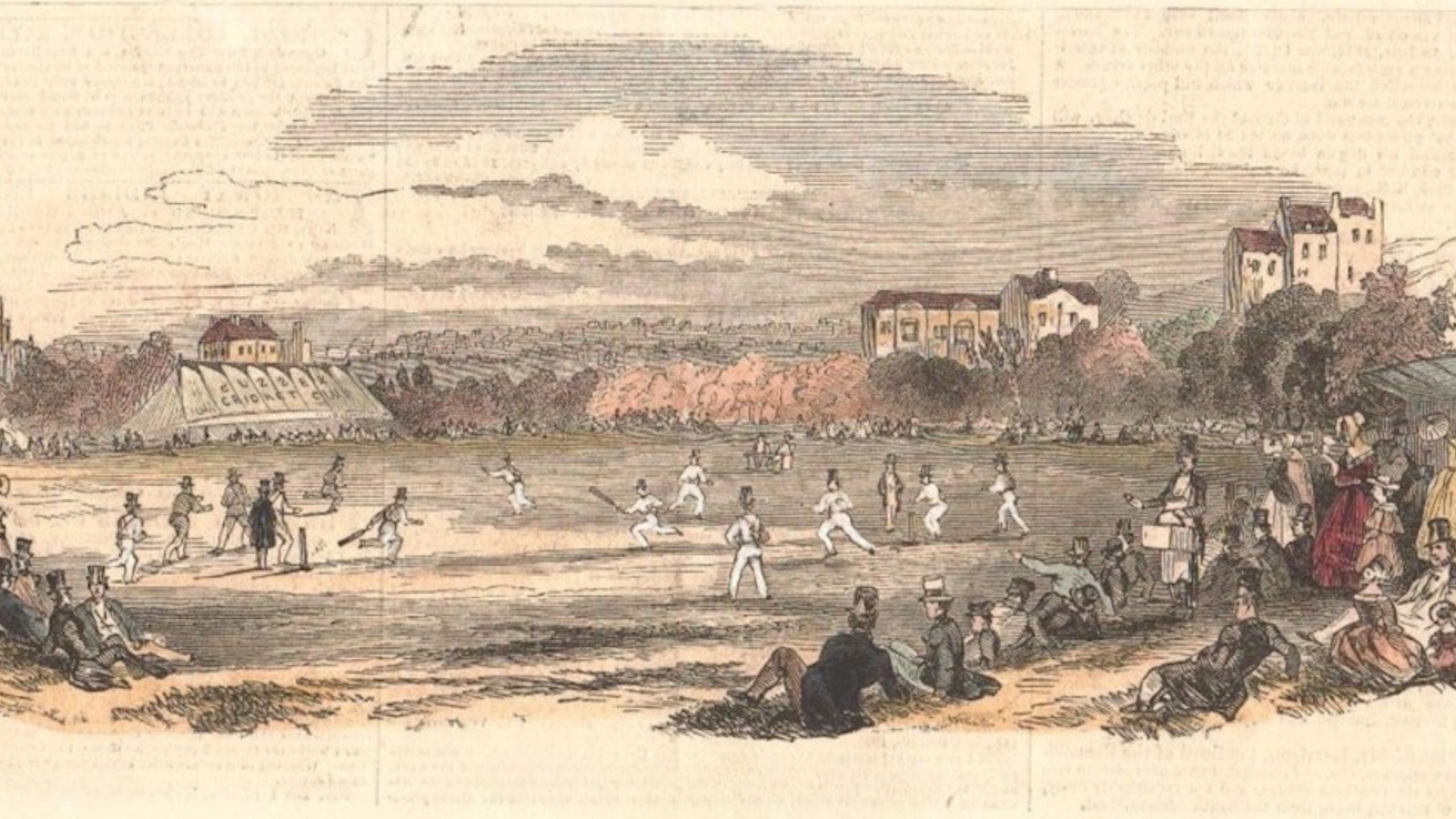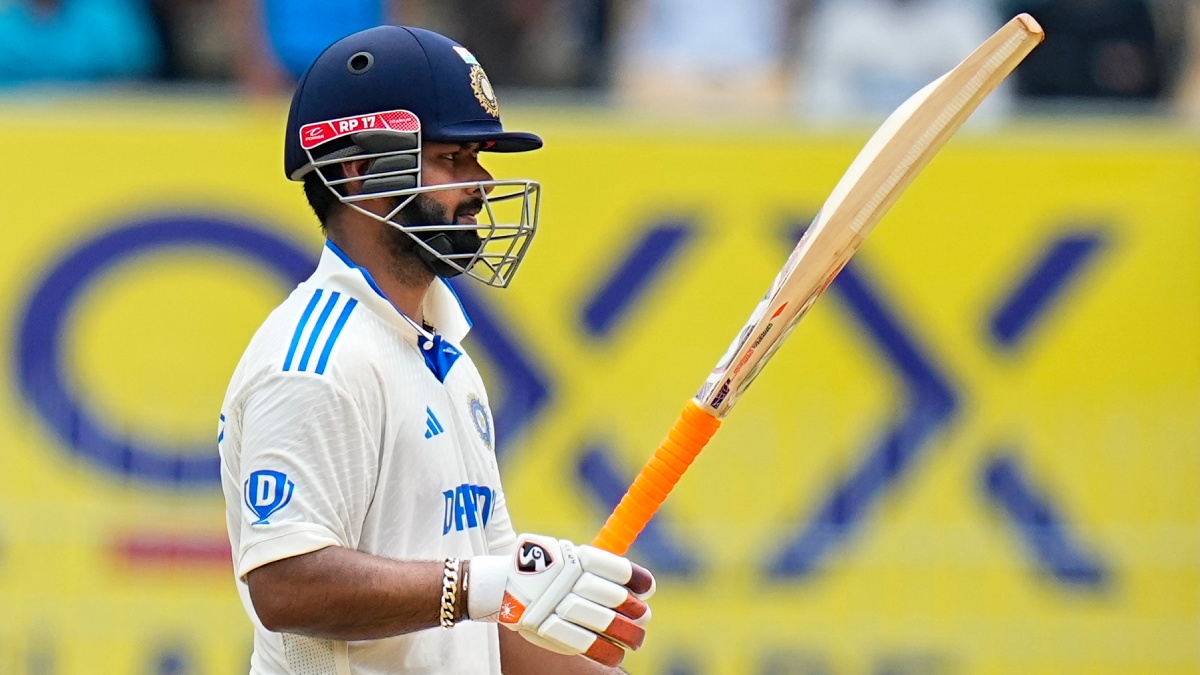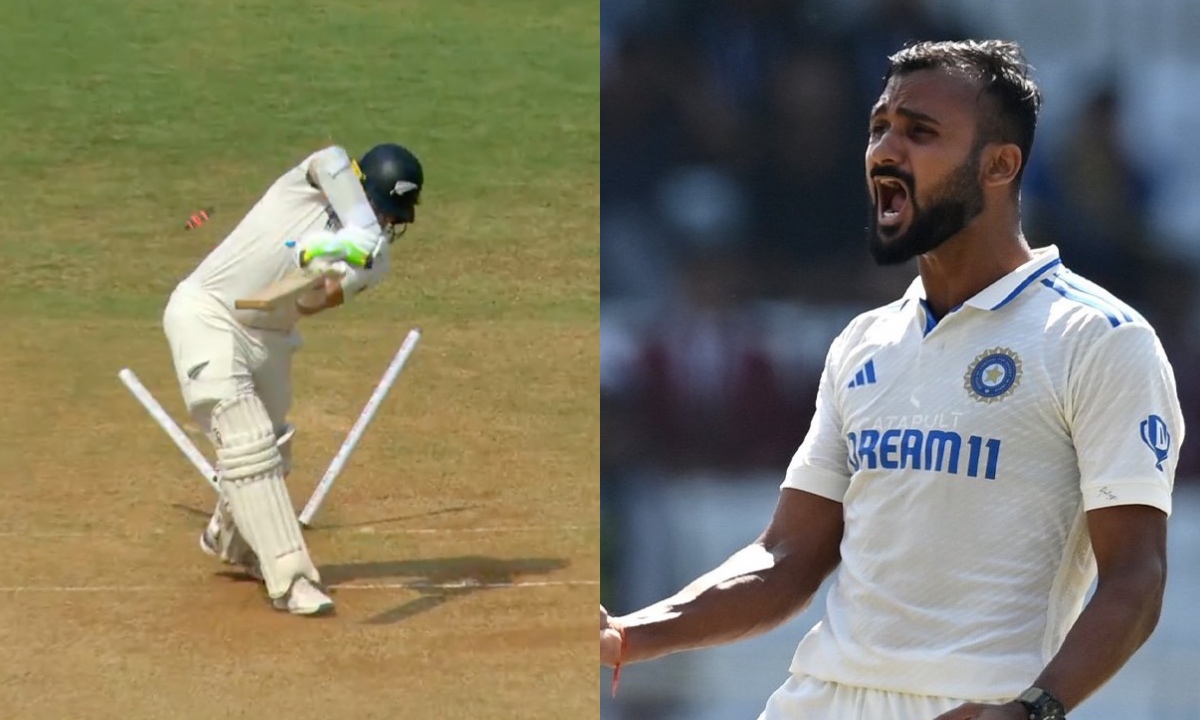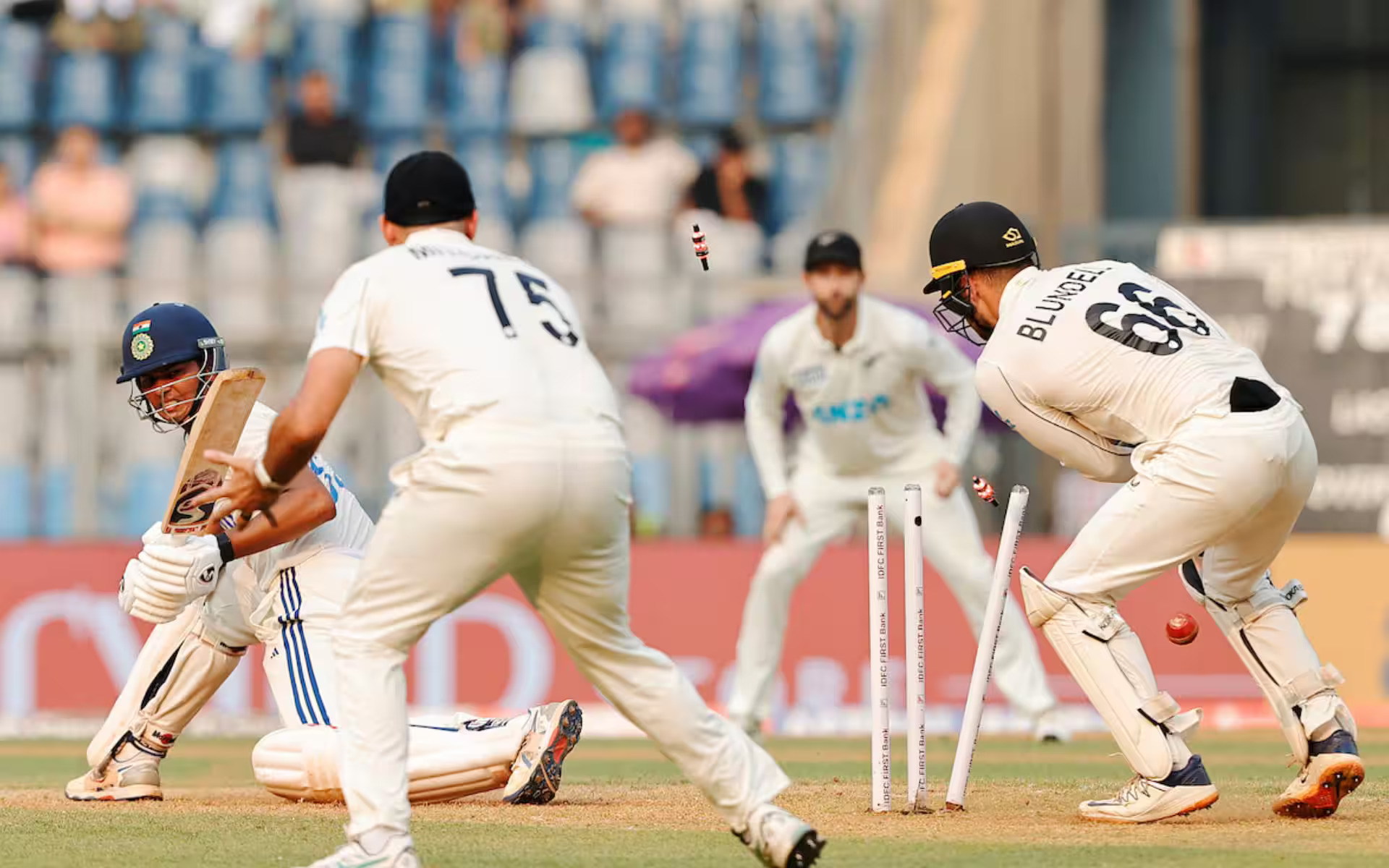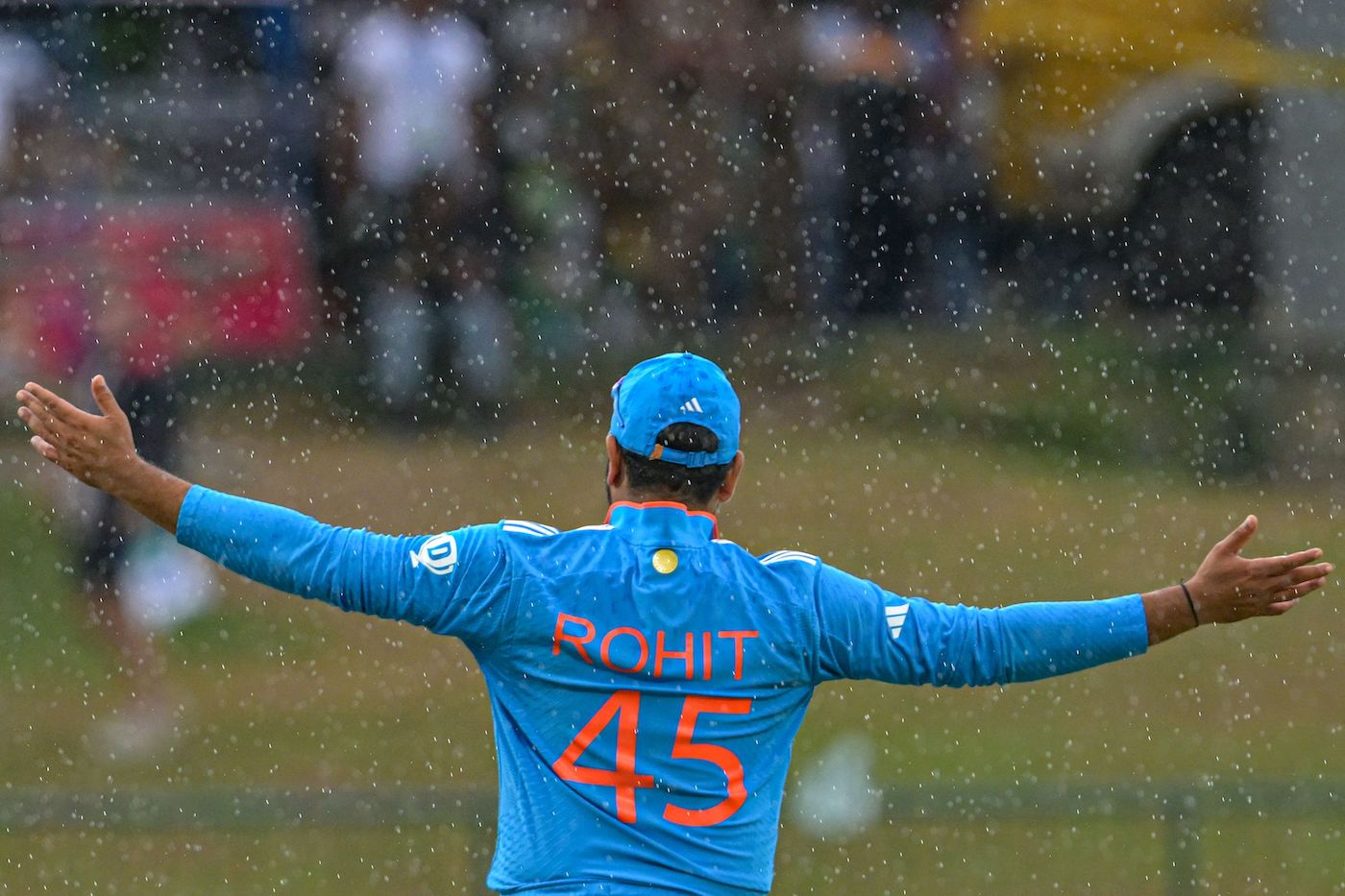Any thorough cricket archive will eventually tell you that the inaugural men’s Ashes Test, which took place at the MCG in March 1877, was the first ever international match. That’s one of the many examples of fake news that circulate. And an AI bug is not to blame.
In actuality, a cricket match played nearly 33 years before that historic encounter between Australia and England was the first athletic event of any type involving teams from different nations. It was just over a month after Karl Marx met Friedrich Engels for the first time in Paris, four months before Samuel Morse sent the first telegraph message, and more than three months after the world’s last pair of great auks—a species of flightless bird—were slaughtered on the Icelandic island of Eldey. It would be twenty years before Wisden reappeared.
The game was not played close to locations where cricket is still widely played nowadays.
Nearly 17,000 kilometres separated the venue from the location of the future MCG, which wouldn’t open for another nine years. It would take another 72 years and more than 13,000 km for what would become the Chepauk to exist. At the time, Lord’s was thirty years old, and the distance was more than five thousand km.
The game in question took place on a now-unremarkable city block. After 87 years and three streets away, the building that for the first 40 years of its construction would be the highest structure in the world attained a height of 443.2 metres.
The men’s T20 World Cup will begin on Sunday in Dallas, Texas, although you cannot see that building, the Empire State Building. However, the teams that will open the competition there are descended from the teams that invented international sport when they took to the St. George’s Cricket Club, which was then located on Bloomingdale Road and is currently a portion of a block on Broadway between West 30th and 31st Streets. They will be referred to as the United States and Canada on Sunday. “United States of America versus the British Empire’s Canadian Province” was the headline for their historic battle, which took place between September 24 and 26, 1844.
Nevertheless, the teams were listed as “St George’s Club” and “Canadians” on the scorecard published in the New York Daily Herald. Perhaps since St. George’s, whose teams were gloriously nicknamed the Dragons layers, was exclusive to subjects of the British empire, the Americans were not labelled as such. However, in addition to New York, their starting lineup for the game featured players from Boston, Philadelphia, and Washington.
That cricket match was really interesting. The pitch was incredibly bad, the bowling was underarm, Canada did not designate a captain, the boundary was the unmarked edge of the ground, one of the Americans arrived late on the second day of play and was substituted in the pitch along with one of the umpires. On the first day, the initial attendance of 5,000 people increased to 20,000. An estimated USD 100,000 to USD 120,000 was wagered on the game. The $1,000 prize money would be worth almost $43,000 in today’s currency.
On the first day, the US was 61/9 at stumps against Canada’s 82. The match was postponed by one day when rain stopped play on the scheduled second and final day. After being dismissed for 64, the Americans bowled Canada out for 63. That gave the US an objective of 82. By hitting them for 58, the Canadians won by a margin of 23 runs. There were two five-wicket hauls and one six-wicket haul, while three batters shared the match’s maximum score of fourteen.
In July 1845, the same teams played in the second-ever international cricket match at McGill University in Montreal, with Canada winning by 61 runs. The records, which state that the US and Canada played their first Twenty20 international match at White Hill Field in Sandys Parish, Hamilton, the capital of Bermuda, in August 2019, do not contain that entry either. There are also an ODI, seven additional T20Is, and one abandoned on that list.
A Canadian victory on Sunday would bring the official rivalry between the two countries even at 4-3. However, it would be legal for the Canadians to request a recount. They could counter, “Remember, we killed the Dragons layers.”
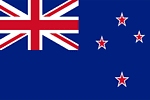


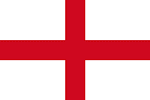




 Win Projections to be updated soon
Win Projections to be updated soon






